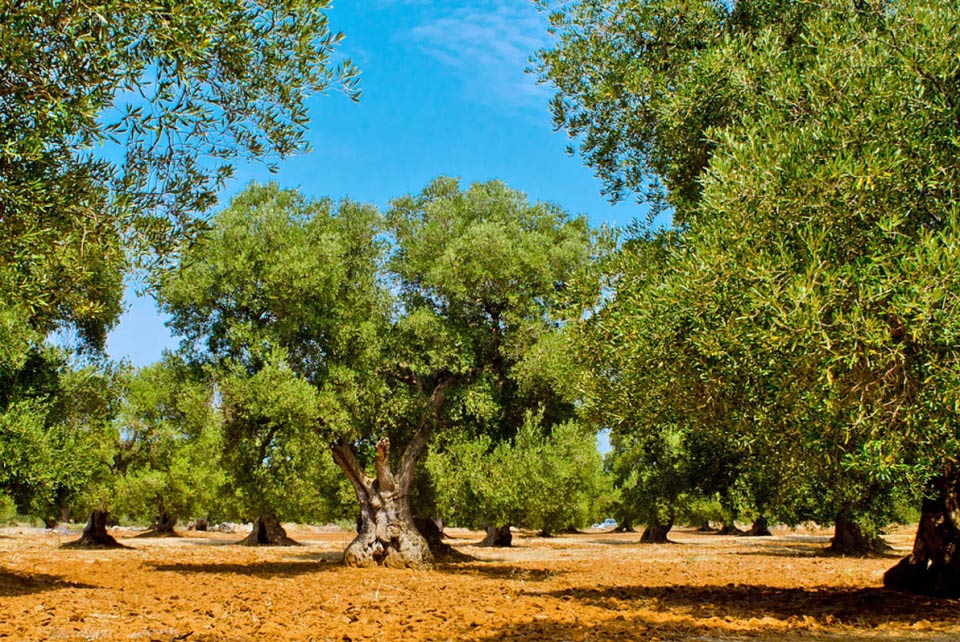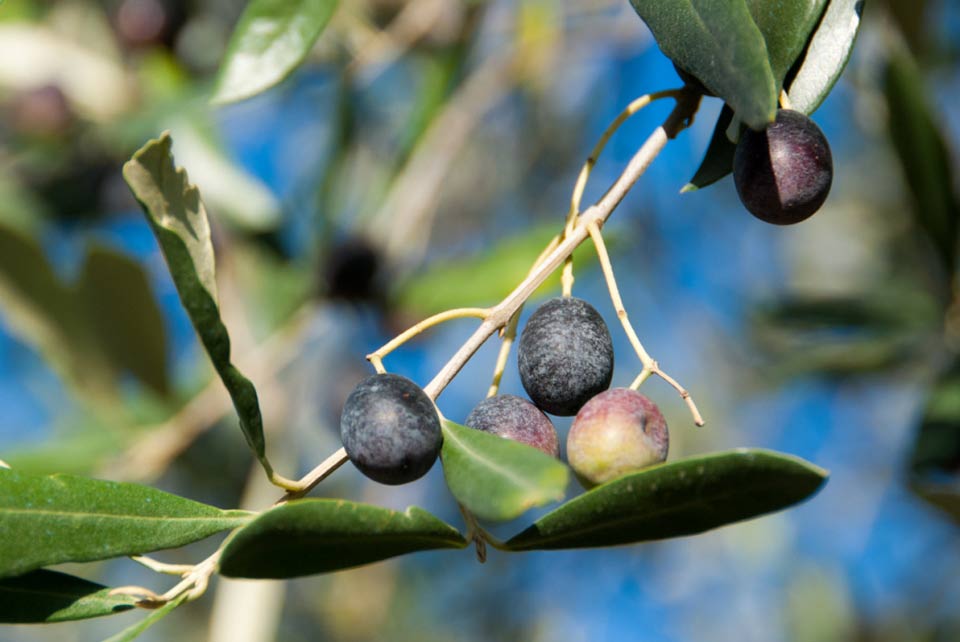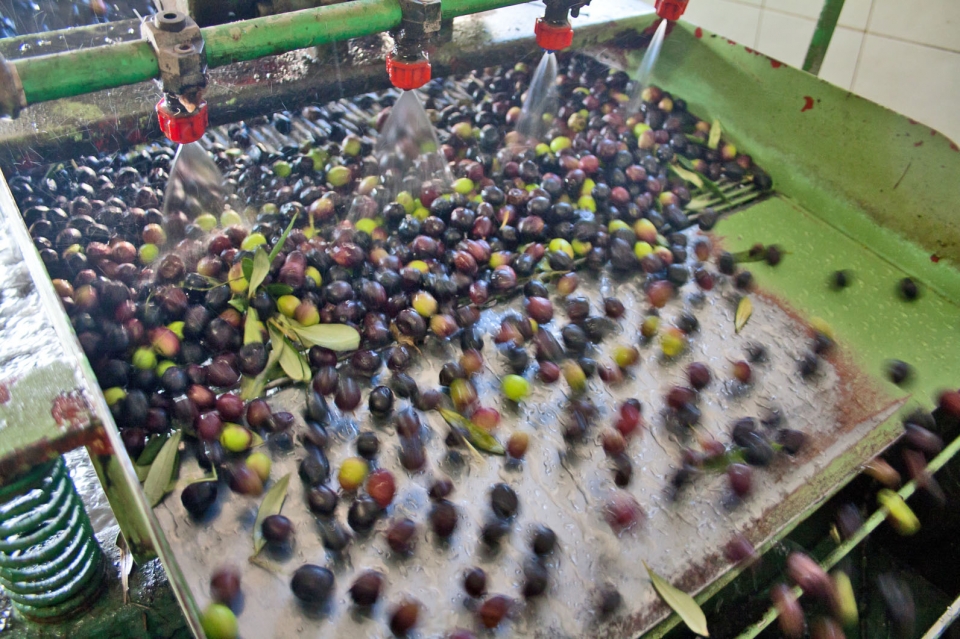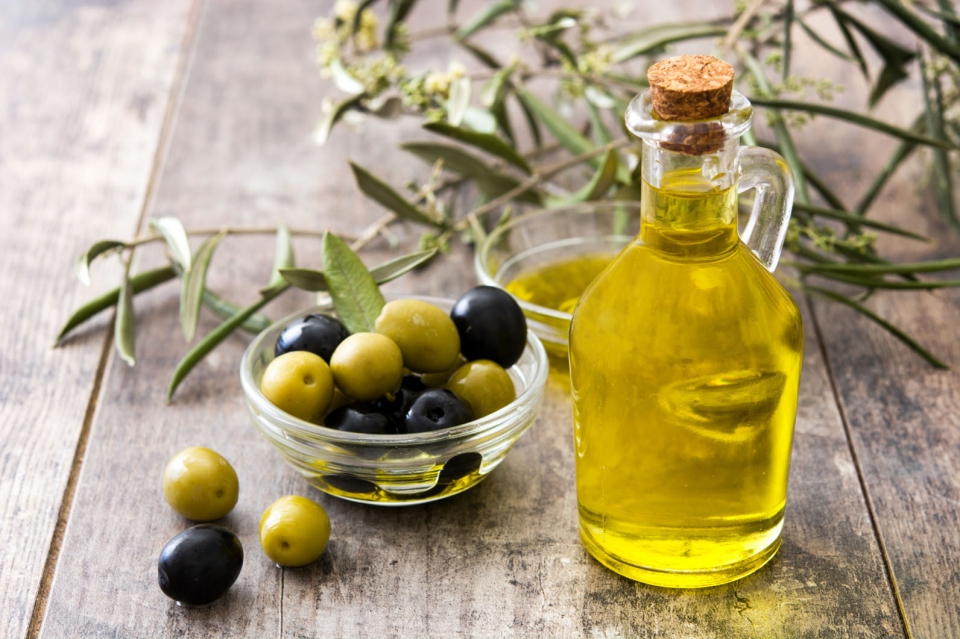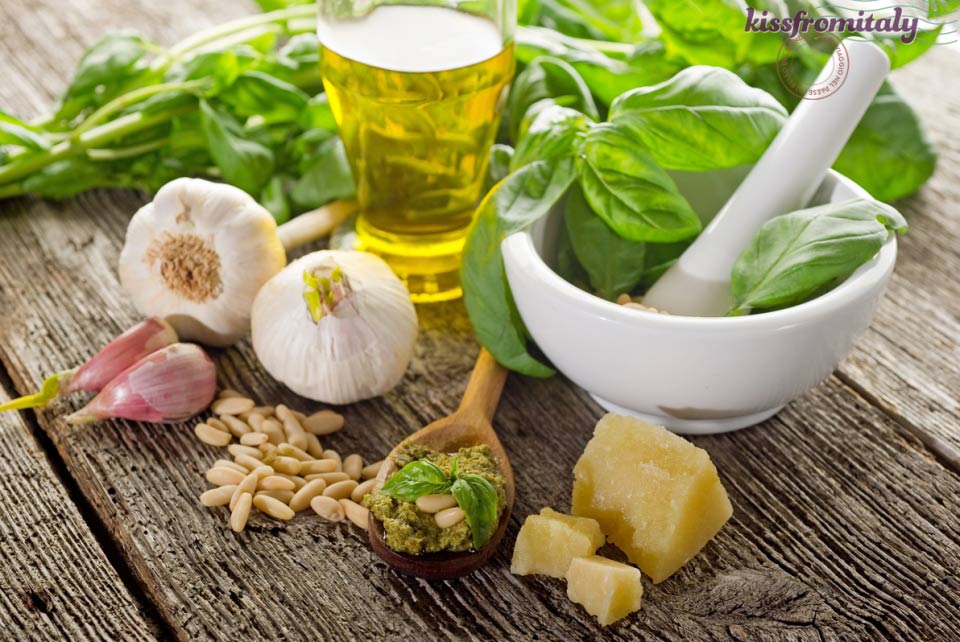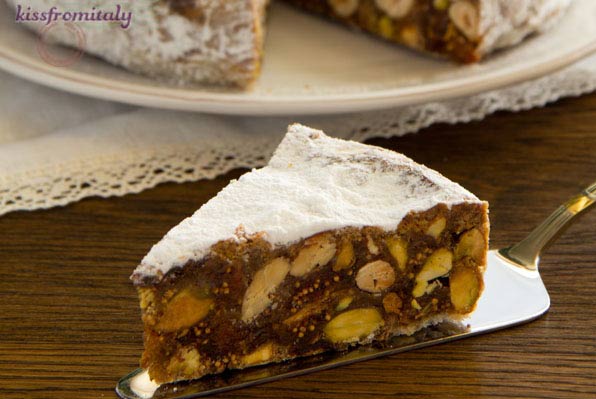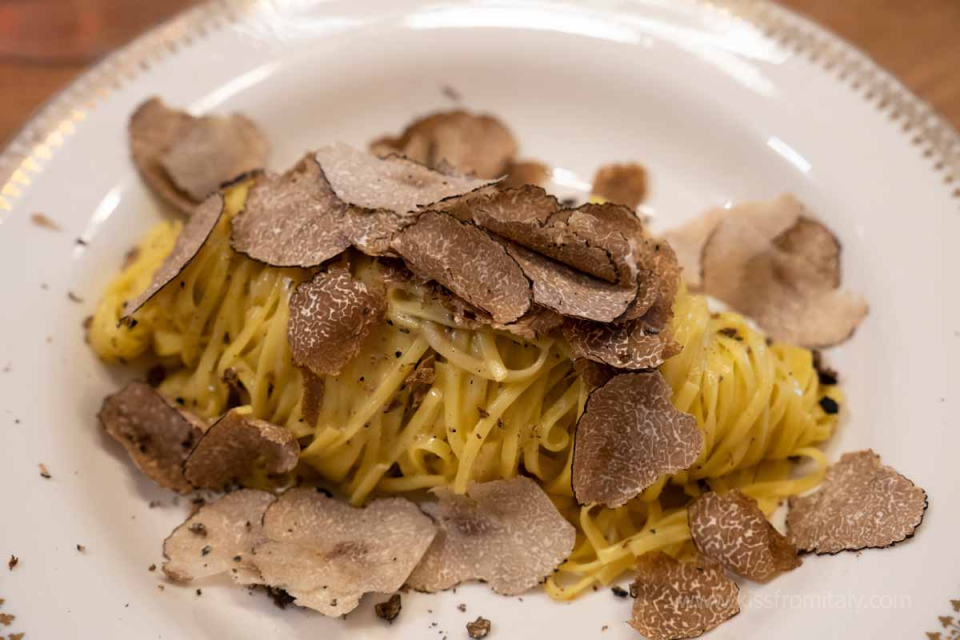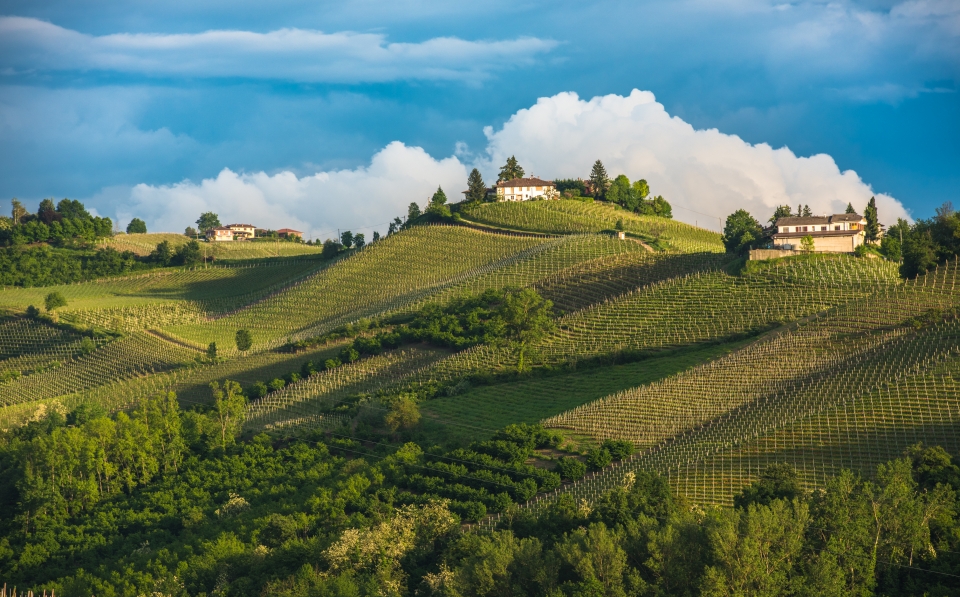
Discover the secrets of Extra Virgin Olive Oil
Olive season is upon us! As the weather gradually begins to dip and the leaves start to transform into a warm autumnal brown, Italy finds itself at the perfect time for harvesting olives.
Italy is one of the world’s largest producers (alongside Greece and Spain) and Extra Virgin Olive Oil is the highest quality and most expensive of all olive oils. A major component of Italian cuisine, it has been been an important part of the mediterranean diet since the ancient romans. Appreciated for its fruity, bitter and pungent tones, it makes the perfect addition to all dinner tables.
How is Extra Virgin Olive Oil made?
In its simplest form, Extra Virgin Olive Oil is made by crushing olives and extracting the juice. However, there are many of factors that come into play when creating that irresistible taste!
The "Extra" in Extra Virgin Olive Oil signifies an increased purity in the product: it is the only cooking oil made without the use of chemicals and industrial refining, with an acidity of below 0.8%. There must be no taste defects in the oil and it needs to form a flavour of fresh olives and have higher scores in laboratory tests for chemical composition (than other grades).
In summary, the oil needs to pass strict tests and regulations set by the International Olive Council to be classified as "Extra"!
Gallery
How do you produce the best taste?
There are several considerations to be made when harvesting olives for Extra Virgin Olive Oil. For fear of frost, the olives should be harvested in early Autumn before they are fully ripe: this normally runs between early October through until January.
Unlike wine, the flavour of Extra Virgin Olive Oil does not develop with age. The best time to sample the oil is within the first three months of harvest, when it is still considered "olio nuovo" (new oil): this is when it holds the popular peppery taste. The further the oil has to travel and the more it is handled, the likelier that the freshness will deteriorate. Therefore oil produced closer to home is likely to deliver a higher quality taste.
The fruit of the olive trees must also be disease free and processed immediately after harvesting. Olives picked from the ground rather than the tree will also compromise the overall taste!
What Italian regions are the best producers of Extra Virgin Olive Oil?
Of the endless varieties, oils produced in Tuscany are the most coveted. With an optimal climate, fertile land and highly skilled hands, the excellence of oil here is renowned world wide. In particular, Lucca and Chianti are famed for the exquisite demeanor of their Extra Virgin Olive Oil. Olio Extra Vergine di Oliva is a key component of many of the traditional food of Tuscany a region where butter is almost unknown for cooking.
However, Tuscany is by no means the only region to pay homage to here! Northern Italy boasts the intense plantings of Taggiasca and Opalino olive trees in its Liguria region: these form a sweet, unobtrusive oil that complements the local seafood with a divine touch. In Umbria full-bodied oils are produced through the varieties of Frantoio, Leccino, Moraiolo and Agogia: loved for their aromas of artichoke, green tomato, pepper and fruit. Close by, the rural Abruzzo is home to valleys dotted with olive trees. Pass down to Southern Italy and Puglia creates a huge selection of fresh and fruity oils, with varieties including Coratina, Provenzale and Ogliarola. Thanks to its varied terrain, Sicilia also produces a gorgeous mix of fruity oils from varieties such as Belice, Biancolilla, Moresca, Cerasuola, Nocellara and Tonda Iblea.
Whatever the region, you can be certain that the culture of olive oil in Italy is as highly regarded as that of coffee and wine. A meticulous process, it is a much loved element of all Italian cuisine.


